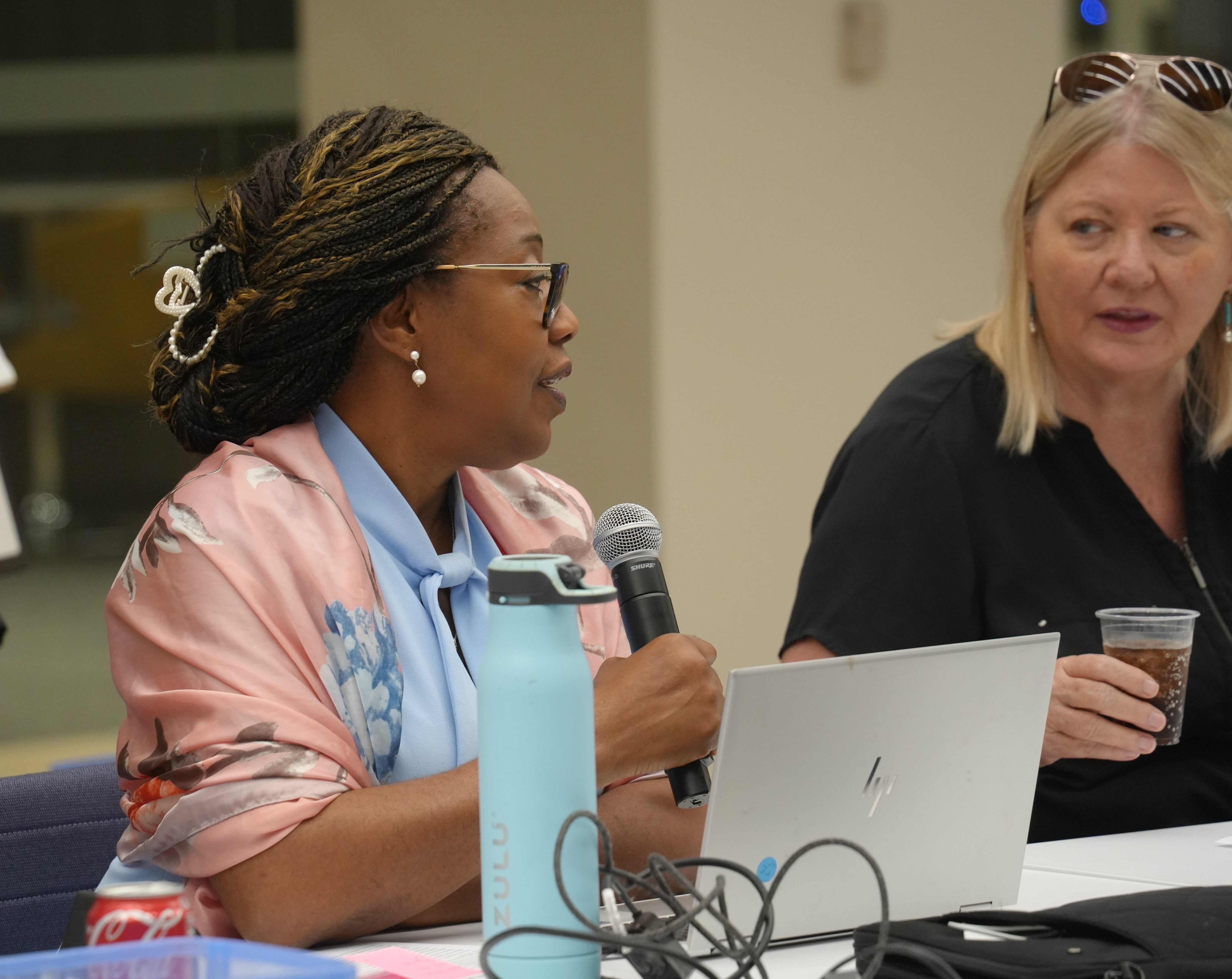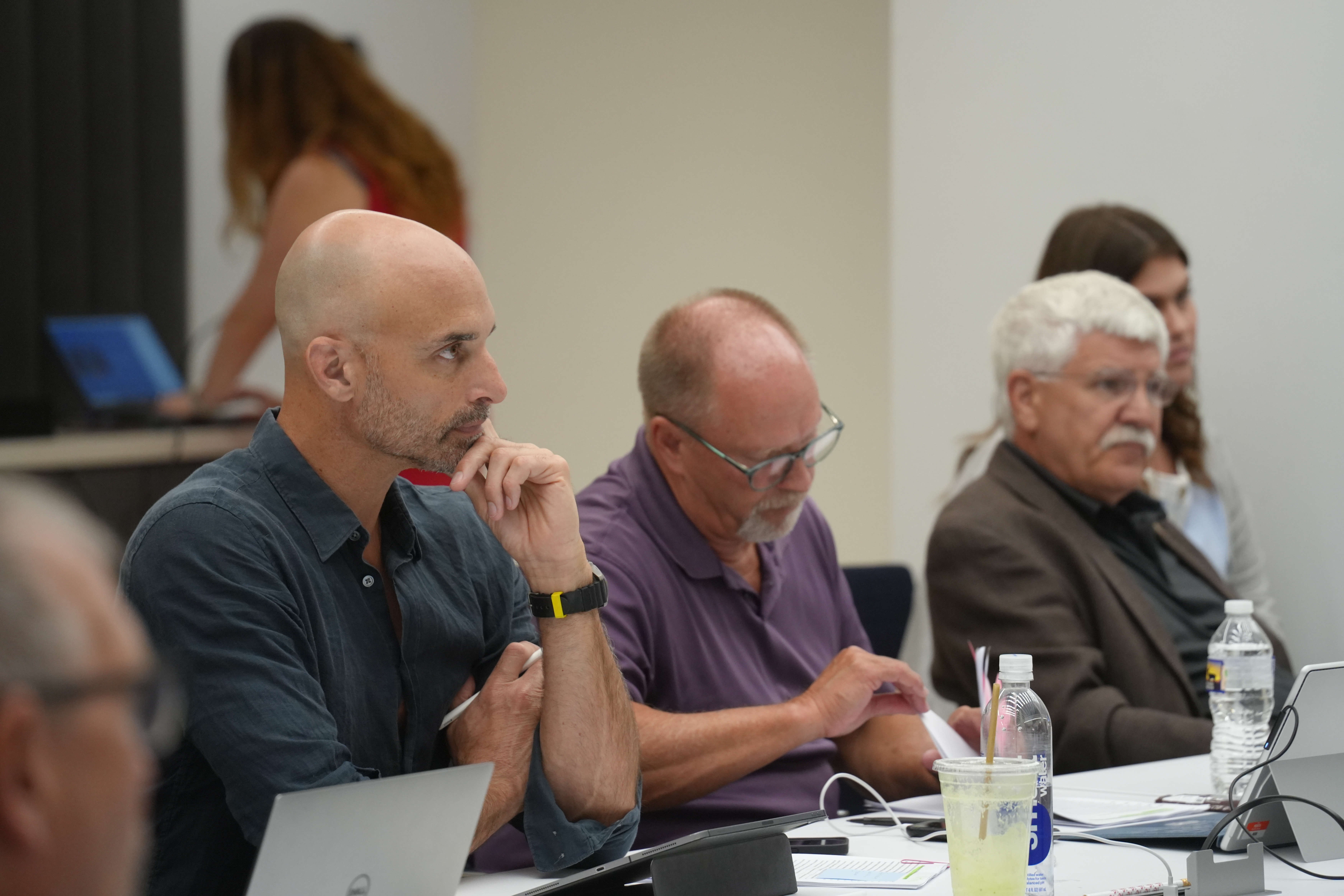By: Kara Brown, DBIA Digital Communications Specialist
Every year, industry professionals from around the country gather to review some of the best examples of Design-Build Done Right® in projects submitted for the DBIA Project/Team Awards. This year’s pool included 62 projects across 10 categories, and jurors were tasked with choosing merit winners in each category. Those merit winners then go on to compete for National Awards of Excellence, “Best of” categories and Project of the Year, which are presented at the DBIA Design-Build Conference & Expo in National Harbor, MD, Nov. 1–3.

Submissions are judged by a panel of industry experts who evaluate each project for design-build process, excellence in design and teaming performance. Winning projects must not only achieve budget and schedule goals, but also demonstrate advanced and innovative application of total integrated project delivery, including design-build best practices to achieve exceptional outcomes. We sat down with a few of our jurors to hear in their own words what they look for in a winning project and hear about their experience judging over the years.
Jumoke Akin-Taylor, PMP, CCM, DBIA, who has judged the projects for more than eight years, says intentionality in how teams apply design-build practices is one of the first things she looks for in a group.
“Every year, it is really rewarding to see how the standards have been elevated, and how project teams are really upping their game in [this competition] with the design-build best practices,” Akin-Taylor said.
Awards Jury Chair Barbara Jackson, FDBIA, started the judging process this year by stating that the evolution of what teams can create with design-build is evolving so quickly that what used to be considered excellent is quickly becoming average. This makes the judges’ task more difficult as they sift through so many top-tier projects. Akin-Taylor echoed Jackson’s assertion that as design-build evolves and teams get better at the best practices, a project that was once “excellent is becoming average.”

Judge Praful Kulkarni, AIA, DBIA, said the top criterion he looks for is overall design-build success. He looks for whether the project became “successful beyond just the cost and schedule. What were the other aspects of it in terms of teamwork, technology, productivity, collaboration? And did it achieve something noteworthy, be it community impact, inclusion, DEI issues.”
At a very basic level, judges also place importance on practical factors such as whether an application is complete and readable and the strength with which they demonstrate their claims. Judge and Owner Gary Hart, PE, DBIA, commented on how important it is for the facts to be easy to find and verify throughout the application.
“I want to know more than just checking the box. I want to know how it actually contributed to the success of the project,” Hart said.
He also looks at the impacts for the Owner, including how implementation of the project strengthened the Owner’s design-build portfolio and met their goals. One part of the application is a letter from the Owner that shares what the project looked like from their perspective. Jackson commented that this year, one of the Owner letters was the best she had ever seen throughout her time judging. Multiple judges mentioned they saw a distinct uptick in the quality of the projects and what builders are now capable of doing.
“What we see every year is what might have been an excellent project a couple years ago, maybe is considered good or average nowadays,” Hart said.

Hart characterized judging as helping to refine the design-build process and set new expectations for the industry as design-build continues to grow.
The thorough and descriptive information teams provide in applications helps make the experience more fun and exciting as the judges themselves also see new avenues for what design-build can accomplish. John Giachino, DBIA, who has been a juror for more than eight years, remembers when he first began judging and how the process has become more streamlined and refined over time. He says the hardest part of judging is sitting down and reading more than 150 pages of documents over just two days but that he appreciates learning something new from every application and later applying those “new and innovative solutions” when he teaches DBIA certification courses
Moreover, between the better quality of projects being submitted and the continued refinement of the judging process, jurors must be more vigilant from year to year. Giachino noted there were some razor-sharp point spreads between several projects, so judges “really have to needle out the differences in these projects.” Complete, descriptive applications make that deliberation much smoother.
Despite the long two days of deliberation and intense review, the judges are looking forward to the awards dinner presentation this November to honor these exceptional teams and projects. Purchase tickets to the Awards Dinner to see all the 2023 winners when you register for the DBIA Design-Build Conference & Expo.
